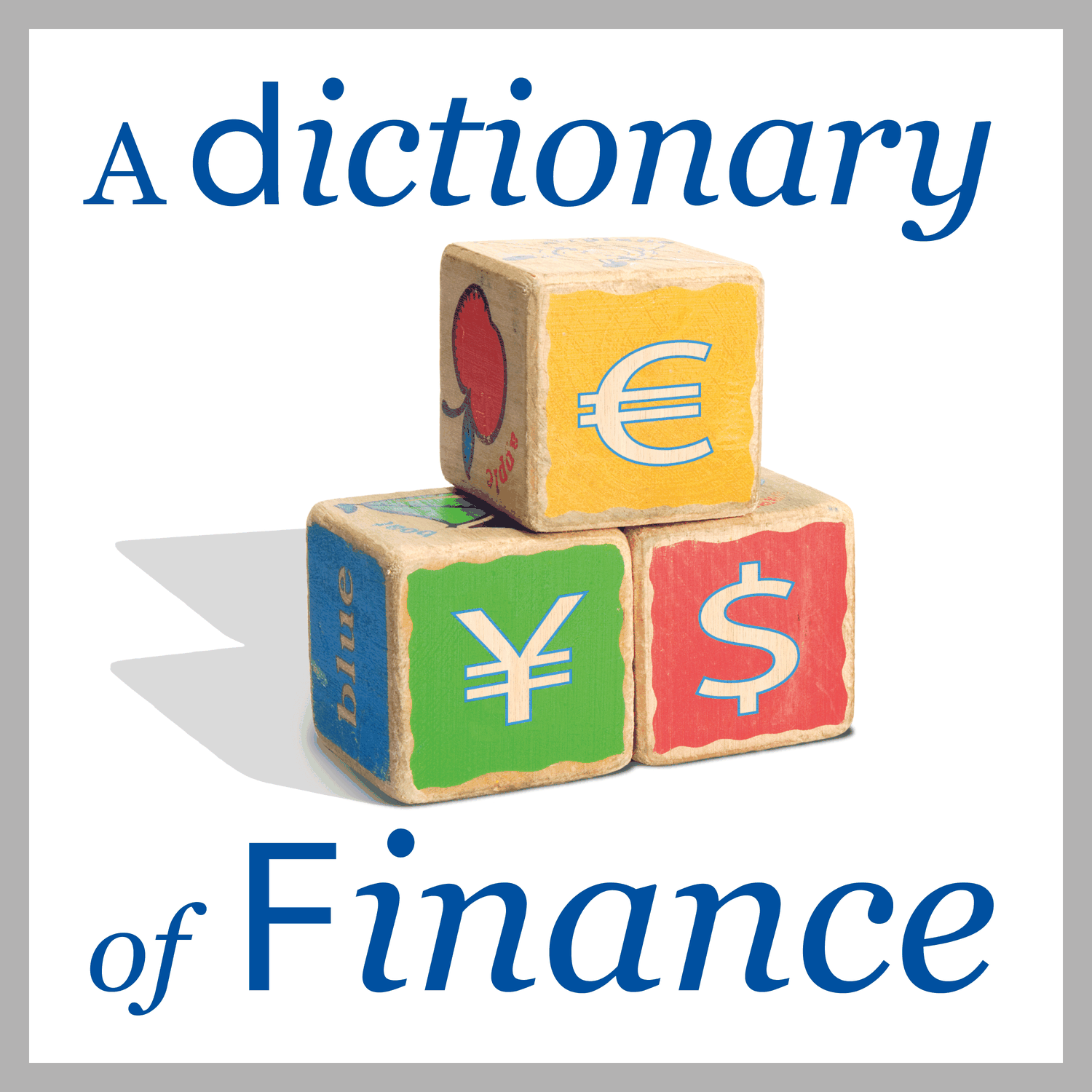You've been KYC'd
Description
You—yes you—have been the subject of a KYC examination. No, not by your doctor. By your bank.
KYC stands for Know Your Customer, Know Your Client or (in the case of a bank) Know Your Counterparty. It is the initial process by which a bank ensures that its client is not involved in money laundering or other activities that are illegal or could damage the bank’s reputation.
If you’ve ever opened a bank account, the information you had to hand over to the bank was part of its “Know Your Customer,” or KYC, process. It was designed to make sure that you wouldn’t use your account for money laundering or financing terrorism.
But you wouldn’t do anything like that, would you?
Still it’s vital for banks to screen a client or counterparty (the institutions or people who’ll be on the other end of a loan) with a thorough KYC process, says Virginie Marc, head of the European Investment Bank’s KYC unit on the podcast.
On the podcast you’ll also learn:
Money laundering takes the proceeds of a crime and puts them into the financial system so that they can’t be traced to the crime any more. Financing terrorism often uses illegal sources of funds and launders them. AML-CFT refers to Anti-Money Laundering/Combatting the Financing of Terrorism controls employed by banks and other institutions. Virginie lays out the four steps of the KYC process:
Identify and verify the identity of the counterpart or client Identify and verify the identity of the beneficial owner of that client, i.e. who is ultimately behind the client Establish the purpose of the business relationship, finding out what the client will do with the loan and how it will be paid back Monitor the KYC file, updating it with any change in the client’s shareholders or other information, asking for new documents and data, and continually checking who the client really is. Tweet us @EIBMatt or @AllarTankler. We love to hear about any other questions you’d like us to pose about financial issues.
Subscribe to ‘A Dictionary of Finance’ podcast via the iPhone podcast app, Stitcher or Spotify. Please do rate the podcast on those platforms, too.
More Episodes
What do you do when an economy is struggling? If you’re a policymaker, a politician, or a central banker, you develop a stimulus package. That’s the term we examine in today’s episode. It’s the inside story of one of the biggest stimulus packages in history, to find out how it was set up, how it...
Published 11/16/20
Published 11/16/20
When we speak of the virtual world and storing things in ‘the cloud’, we seldom stop to realize that our digital climate impact is not virtual at all
Many people see digitalisation as this magical pixie dust that Tinker Bell sprinkles on old industries to make them all environmentally...
Published 01/07/20


